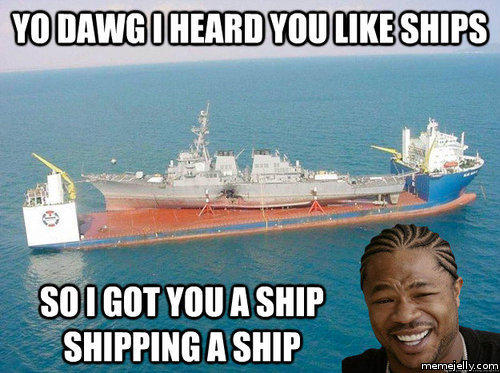Types of MARINE corrosion
The marine environment is one of the most corrosive environments.
Its corrosivity is due to the ionic concentration of the seas and oceans, temperature variations, wind velocities, depth of the sea, and biological elements.
As a result, the corrosion on marine structures such as ships, FPSO, and offshore platforms, appears in multiple forms.
Hence, it is important to learn about the basic types of corrosion as applicable to the marine environment.
Some of these types of corrosion in a marine environment are -
- Uniform corrosion due to sodium, magnesium, and calcium salts
- Uniform corrosion is characterized by the removal of the material all over the surface. It leads to thinning of the walls.
- Pitting in active-passive alloys such as aluminium
- Active-passive alloys have a thin oxide film on the surface. A small break due to the chlorides in the seawater allows the penetration of the water and ions, leading to pit formation.
- Crevice corrosion in fixtures and subsea pipeline supports
- The seawater and moisture from the atmosphere get into the gaps in the fixtures and supports due to capillary action. Oxygen concentration cells are created in these crevices which initiate corrosion.
- Stress corrosion cracking in loaded elements
- Parts of the equipment such as anchors, legs of offshore platforms, propellors, etc. are under a constant tensile load. This stress combined with the pits formed on the surface causes cracks and failure of the components.
- Hydrogen embrittlement in cathodically protected areas
- Cathodic protection is the application of a negative potential to the component to protect it from corrosion. However, if it goes too negative (more negative than -1 V vs CSE), the cathodic reaction is hydrogen evolution. the hydrogen so generated can penetrate into the components and damage the mechanical integrity.
- Microbiologically influenced corrosion
- Seawater has tons of microbial activity in addition to algae and weed formation in the submerged areas. The microbes take up electrons from the alloys for their food production and lead to the dissolution of the material.
- Atmospheric corrosion of metallic structures along the shore
- Due to the spraying of seawater, the marine atmosphere has salt in the air. This salt may get deposited on surrounding structures in the dissolved state during moisture condensation. It can cause pitting in stainless steel components due to the chloride ions.
- Cold corrosion of marine engines
- Cold corrosion in marine engines occurs when the engine is running at low loads leading to a condensation of moisture at reduced temperatures. The sulphur in the fuel gets dissolved and causes corrosion.
Although they seem the same as any other corrosion area, it is essential to study their basic mechanisms as applicable to marine materials and environments.
The video below shows a preview of the introductory course on the types of corrosion in the marine industry.
Click below for the course!





Comments
Post a Comment
Welcome to the CORROSPECTIVE BLOG! Scroll along for more posts! Looking forward to your feedback!
P.S. Don't forget to check out the free quizzes!